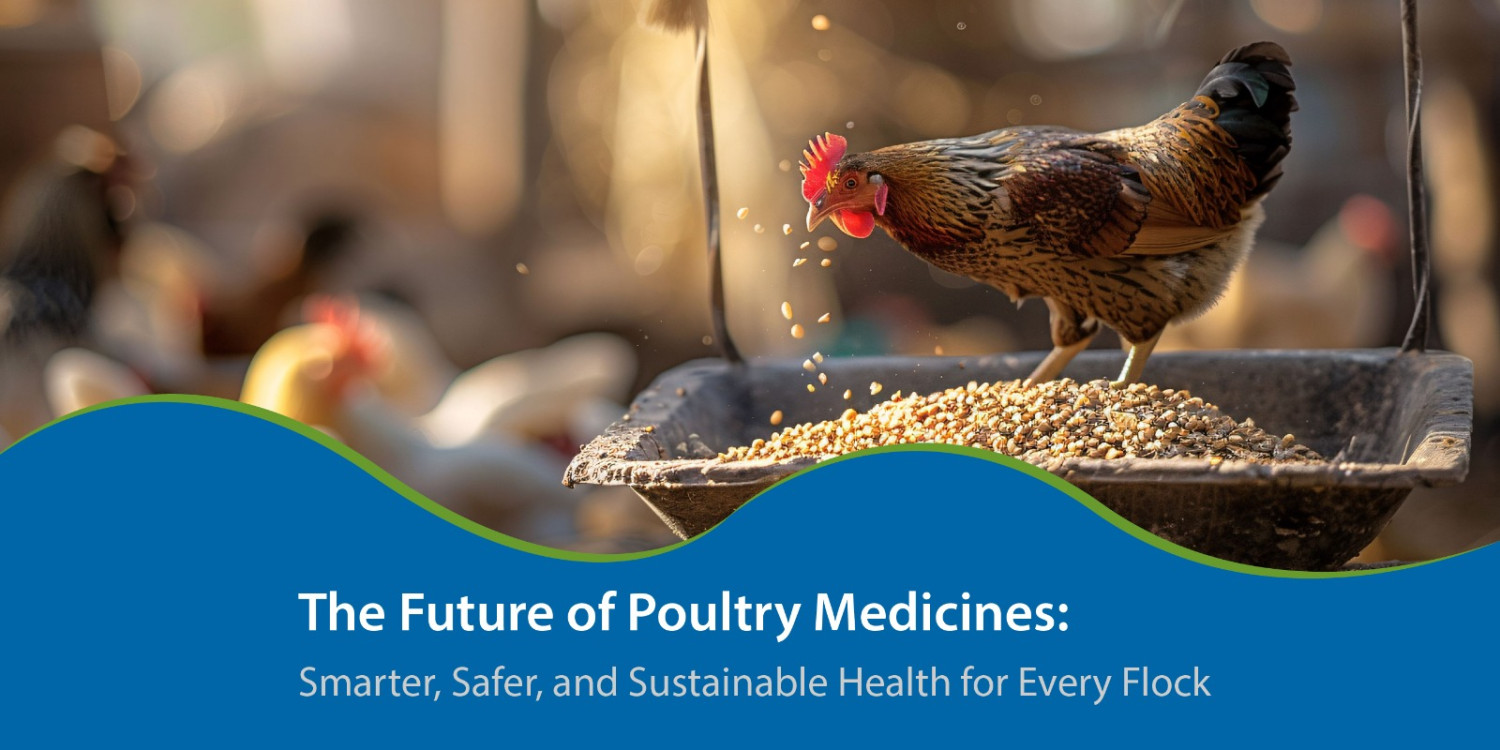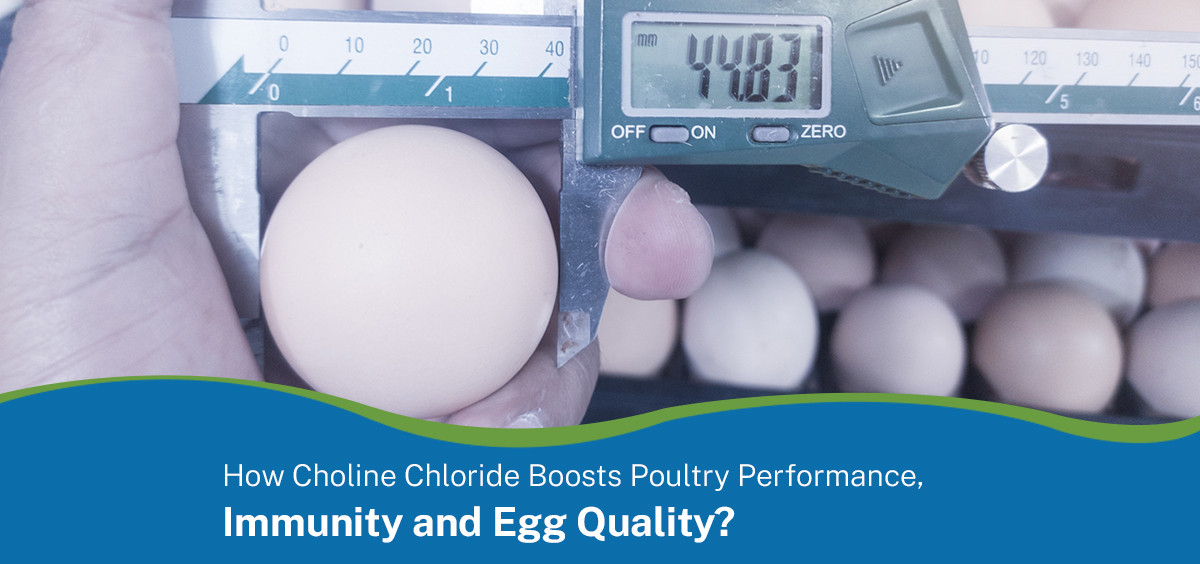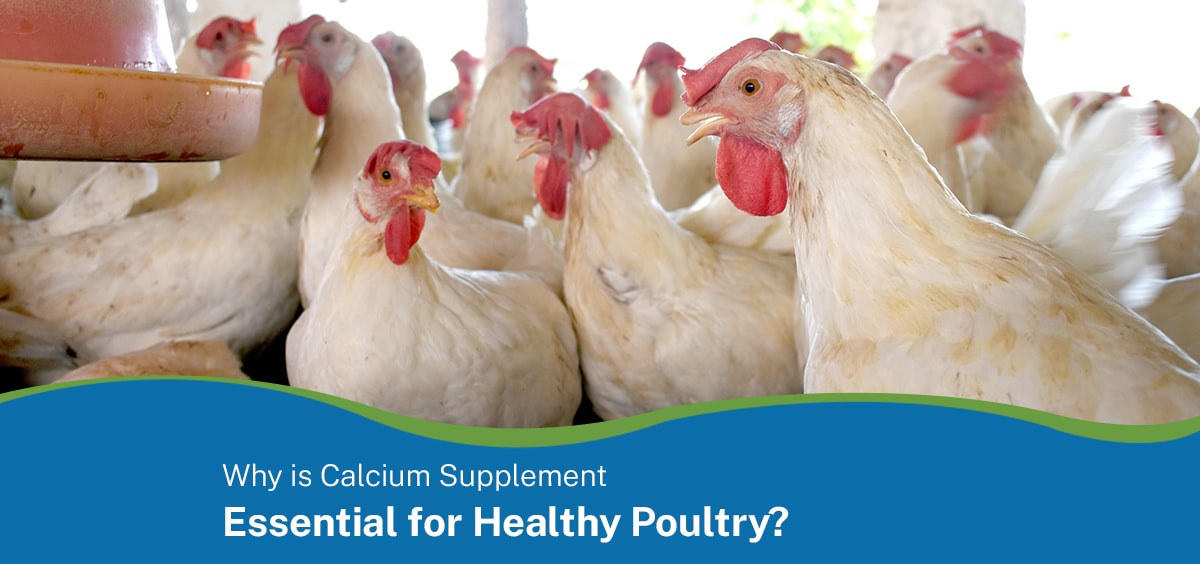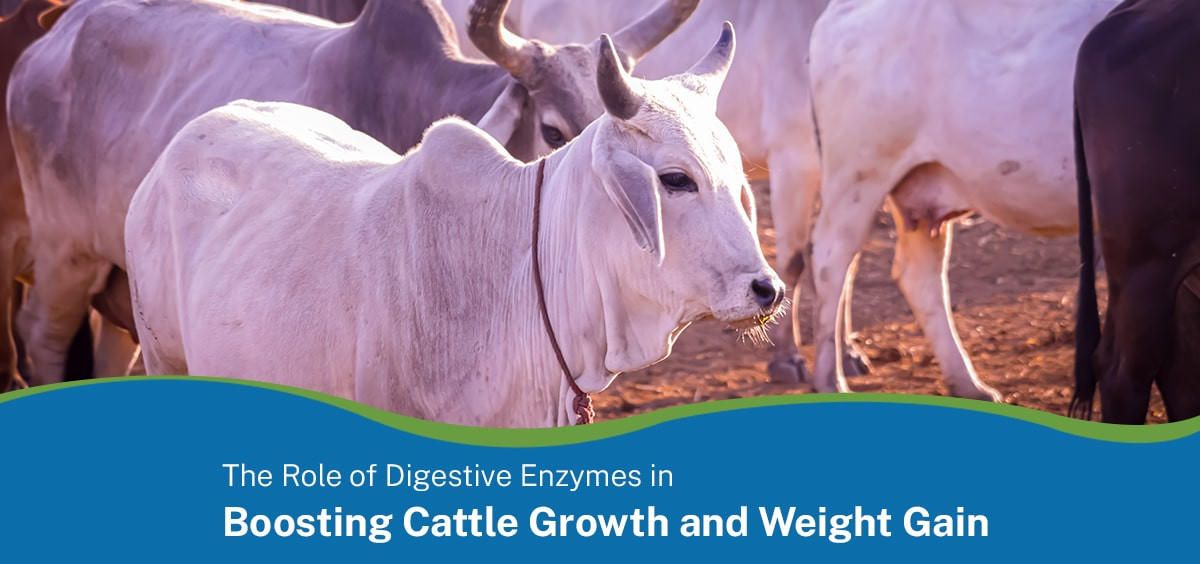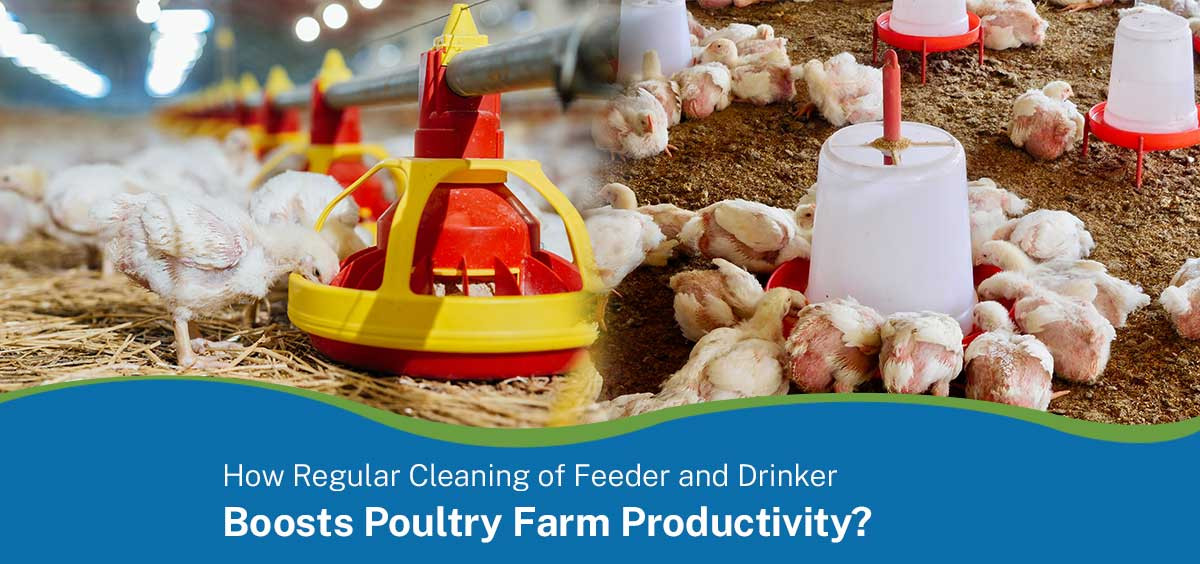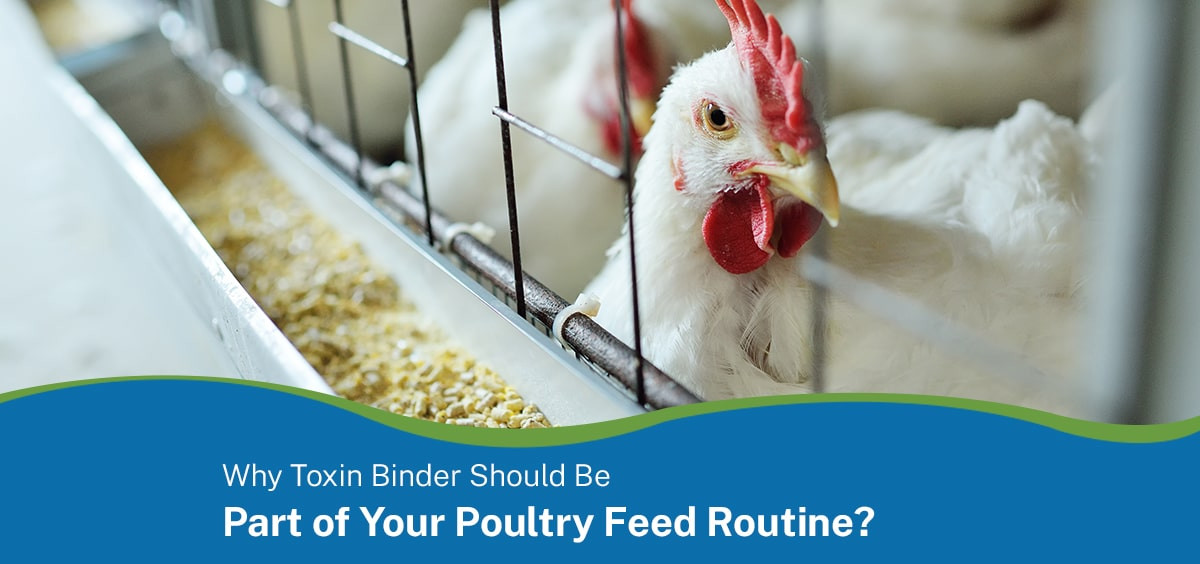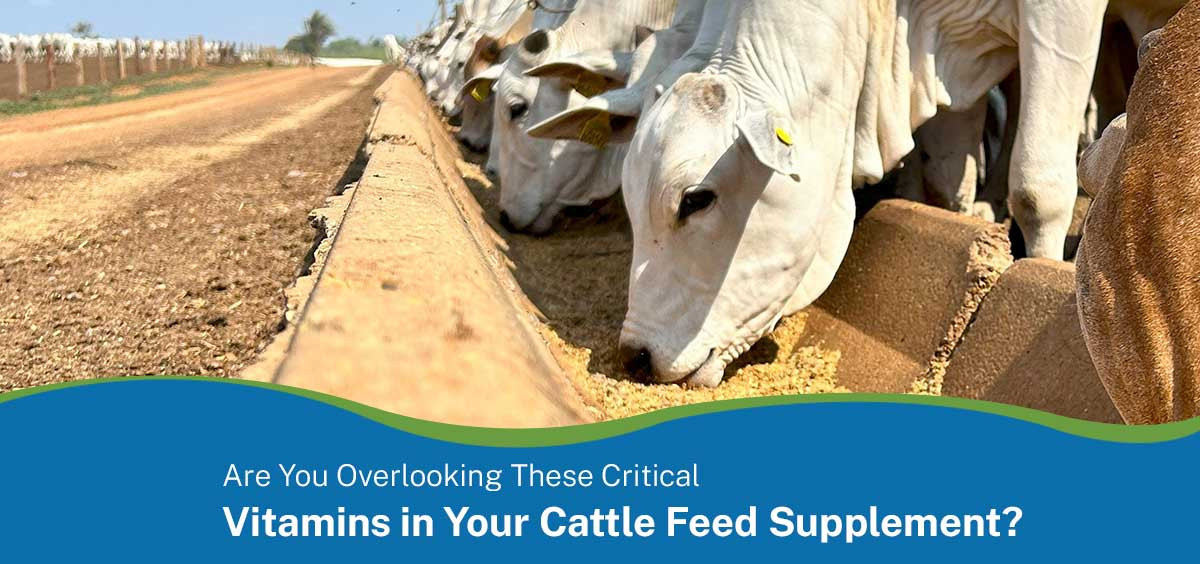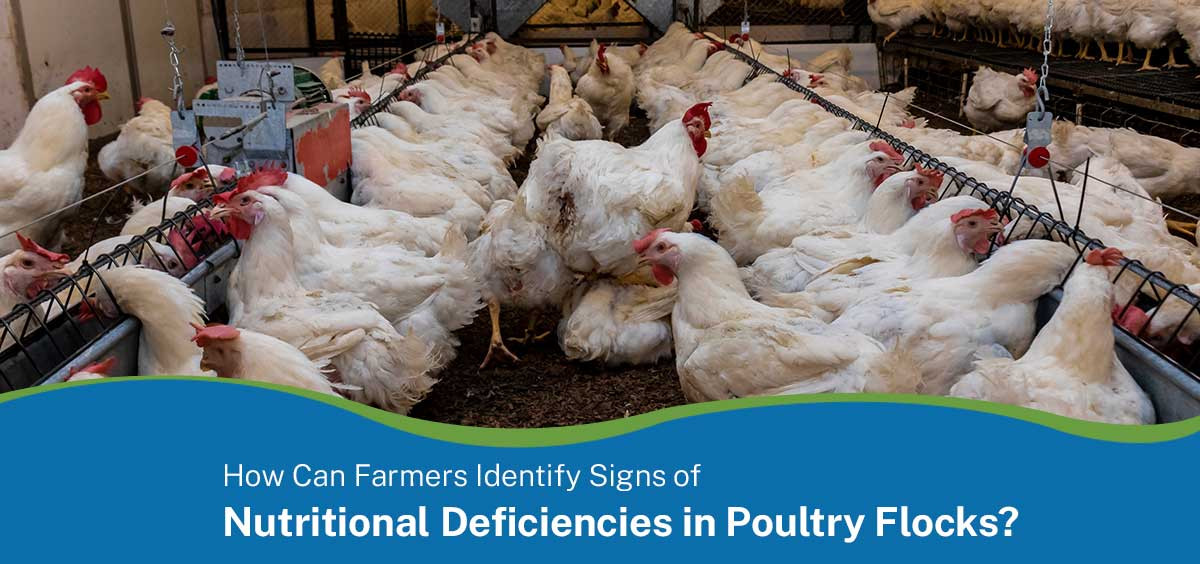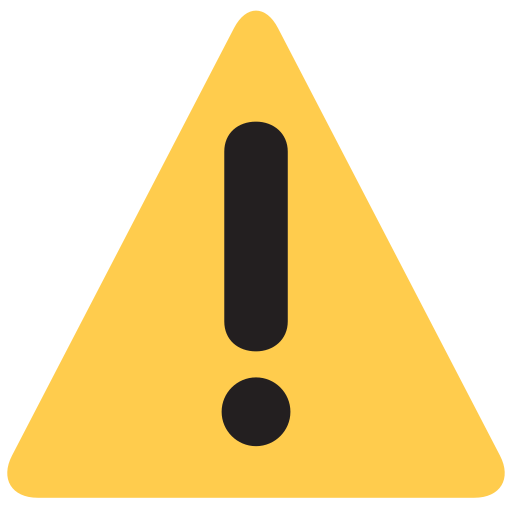Understanding Anthrax in Cattle: Causes, Symptoms and Risks
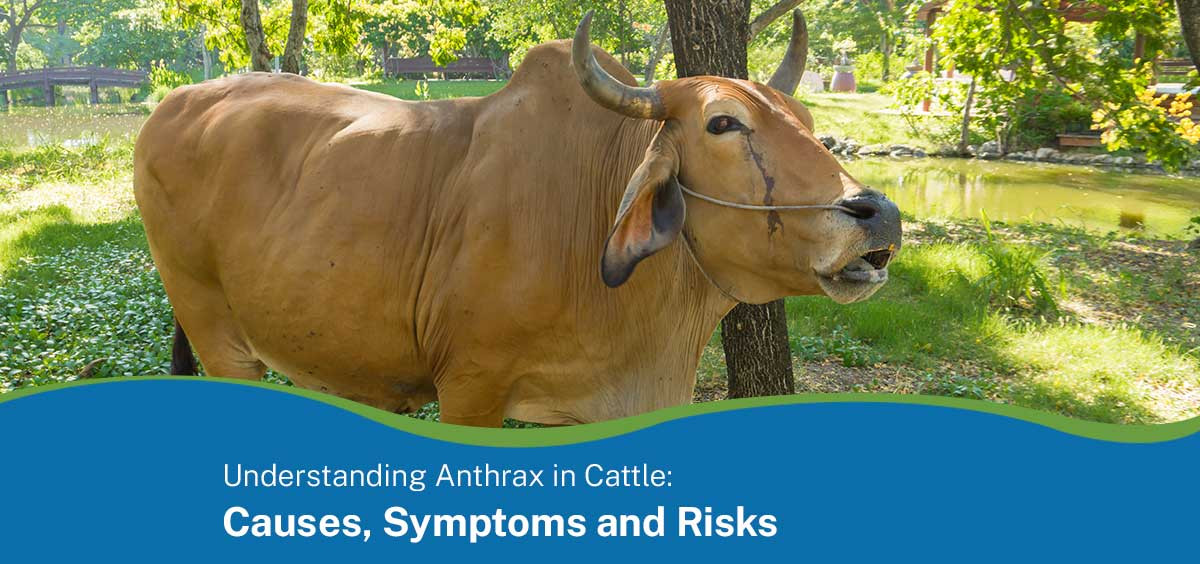
There are a variety of health issues for livestock producers to think about for their cattle, but none is as concerning as anthrax in cattle. Anthrax is highly concerning due to its rapid onset of clinical signs, rapid mortality associated with illness, and the fact that anthrax spores can persist in the environment for decades.
What is anthrax and its symptoms?
Anthrax in cattle is an acute infection caused by the bacterium “Bacillus anthracis”. The disease is especially dangerous for cattle, though humans can also get infected by handling sick or dead animals.
Bacillus anthracis forms spores that can remain viable in the soil for decades. These spores are fundamentally responsible for anthrax outbreaks among cattle, especially in regions that have infected carcasses that have contaminated grazing land.
Clinical signs in cattle can develop quickly, sometimes resulting in unexpected death in seemingly healthy animals. Some prominent signs of anthrax in cattle include:
Sudden high temperature with weakness
Struggling to breathe and shaking prior to collapse
Swelling in the neck, chest, or abdomen
Dark fluid resembling molasses oozing from the nose, mouth, or anus
Signs of death with no rigour mortis
Because the disease progresses so quickly, most treatment is ineffective when the signs are visible. This is why it is so important for farmers to be aware of anthrax in their cattle, especially in areas where a previous outbreak had occurred.
How is anthrax transmitted?
The transmission of anthrax in cattle largely depends upon the longevity of anthrax spores in the environment. These spores can stay dormant in the environment for years or even decades and may continue to infect cattle long after the initial outbreak.
Transmission routes include the following:
Soil and grazing: The most common way anthrax in cattle occurs is from cattle grazing in contaminated pastures. Spores from previously infected carcasses intermingle with soil and may be disturbed following rain or flooding of nearby streams, and cows eat the spores while grazing.
Feed and water: Another route for anthrax in cattle outbreaks is through water holes and feed storage that may have been exposed to anthrax spores. Once water gets contaminated, whole cattle can get infected.
Biting insects: Blood-feeding flies may sporadically spread anthrax in cattle from one infected cow to another, increasing risk during outbreaks.
Human Activity: Farmers may unintentionally spread the anthrax bacteria without wearing adequate protective clothing from handling the carcasses of infected cows. Tools, vehicles, and clothing could carry spores into new areas and start subsequent outbreaks through freshly infected cattle.
Is anthrax a bacterial disease?
Yes, anthrax in cattle is caused by a bacterium called Bacillus anthracis. What is particularly dangerous regarding the bacterium's danger is its ability to form spores. The spores are particularly resilient to the heat, cold, and disinfectants; therefore, it can be infectious for years.
As anthrax in cattle is bacterial, it could theoretically be treated with an antibiotic if treated very early in the disease. Practically, cattle are usually dead before treatment could happen. Fortunately, there are vaccines for preventive measures for anthrax in cattle where the disease is endemic.
What are the causes of anthrax?
The causes of anthrax in cattle are associated with every environmental condition and management practice. The main causes include:
Soil contamination: When animals that had anthrax die in certain pastures, those pastures can remain contaminated for decades. Cattle grazing in these pastures obtain spores that cause new cases of anthrax in cattle.
Improper disposal of carcasses: Disposing of carcasses is one of the key reasons for the reemergence of anthrax in cattle. When carcasses are left on the surface, the carcass tissues release bacteria into the soil, where they become spores.
Weather and climate: Drought conditions followed by heavy rains can bring anthrax spores to the soil surface, which can lead to the sudden re-emergence of anthrax in cattle. Flooding may also result in spore distribution into new grazing lands, thereby increasing the risk of anthrax in cattle.
Overgrazed pastures: Another key environmental cause is the overgrazing of pastures. Overgrazed pastures force cattle to consume soil in addition to the grasses; they increase the chances of cattle consuming spores in soil. This component could also be part of the seasonal factors, or why anthrax could be expected to reappear during feed shortages in cattle.
Movement of contaminated items: Wool, hides or meat from infected cattle can all be contaminated with anthrax spores. Feed moved from a contaminated area is another hidden factor for anthrax in cattle.
FAQs
How do cattle get anthrax?
Cattle usually get anthrax by grazing on soil contaminated with spores or by consuming infected feed and water.
Can anthrax in cattle be cured?
Treatment is rarely effective once symptoms appear, which is why vaccination and prevention are the best methods to control anthrax in cattle.
Is anthrax in cattle dangerous for humans?
Yes, anthrax in cattle can infect humans through direct contact with carcasses, hides, or contaminated meat.
Recent Posts
The Future of Poultry Medicines: Smarter, Safer, and Sustainable Health for Every Flock
Understanding Anthrax in Cattle: Causes, Symptoms and Risks
How Choline Chloride Boosts Poultry Performance, Immunity and Egg Quality
The Role of Digestive Enzymes in Boosting Cattle Growth and Weight Gain
How regular cleaning of Poultry feeder and drinker boosts farm productivity?
Are You Overlooking These Critical Vitamins in Your Cattle Feed Supplement?
How can farmers identify signs of nutritional deficiencies in poultry flocks?
PrraniGanga.com | India’s 1st Livestock Products Marketplace
PrraniGanga.com | India’s 1st Livestock Products Marketplace
Welcome to PrraniGanga.com
India’s first dedicated marketplace for livestock farmers, sellers, vendors, and manufacturers. Our platform offers a complete range of livestock feeds, medicines, supplements, and equipment—bringing modern, reliable solutions to the industry.
Transforming Livestock Farming
With technology driving rapid change, PrraniGanga stands as a pioneer in simplifying access to livestock essentials. By creating a unified hub, we make procurement faster, easier, and more efficient for everyone in the livestock ecosystem.
A One-Stop Solution for Farmers
Farmers often face challenges with fragmented supply chains and delays. PrraniGanga bridges this gap by offering a seamless digital platform where high-quality products are available at their fingertips, tailored to livestock needs.
Comprehensive Product Range
PrraniGanga brings together everything a livestock farmer requires—nutritious and high-quality feeds to ensure better health and productivity, reliable medicines for prevention and treatment, innovative supplements that boost growth, strength, and immunity, and modern equipment designed to make livestock management more efficient. By consolidating all these essentials in one place, we empower farmers with both convenience and confidence.
